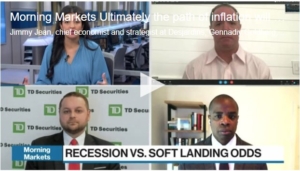Was the CPI a Bullish Gamechanger?
Was the CPI a Bullish Gamechanger? Start a free trial of The Sevens Report.
What’s in Today’s Report:
- Was the CPI Report a Bullish Gamechanger?
- CPI Data Analysis and Takeaways
Stock futures are extending the November gains this morning and Treasuries are steady after more cool inflation readings in Europe and stabilizing economic data in China.
Economically, Chinese FAI and Industrial Production figures met estimates while Retail Sales importantly accelerated to 7.6% vs. (E) 7.0% in October up from 5.5% in September.
In Europe, CPI data from the U.K., France, and Italy all met estimates or came in “cooler” than expected. This bolsters the view that global central banks are done with rate hikes, fueling risk-on money flows today.
Today, there are several economic reports to watch early: PPI (E: 0.1% m/m, 2.0% y/y), Empire State Manufacturing Index (E: -3.0), and Retail Sales (E: -0.3%). The market will be looking for more signs of cooling inflation in the PPI release. And no major surprises either way in the Empire and Retail Sales releases as the market is still vulnerable to data that is “too hot” (risks of more Fed tightening) or “too cold” (risks of a “hard landing”).
There are also two Fed speakers today: Barr (9:30 a.m. ET) and Barkin (3:30 p.m. ET) but neither are expected to move markets.
Join hundreds of advisors from huge brokerage firms like Morgan Stanley, Merrill Lynch, Wells Fargo Advisors, Raymond James, and more! To start your quarterly subscription and see how The Sevens Report can help you grow your business, click here.








